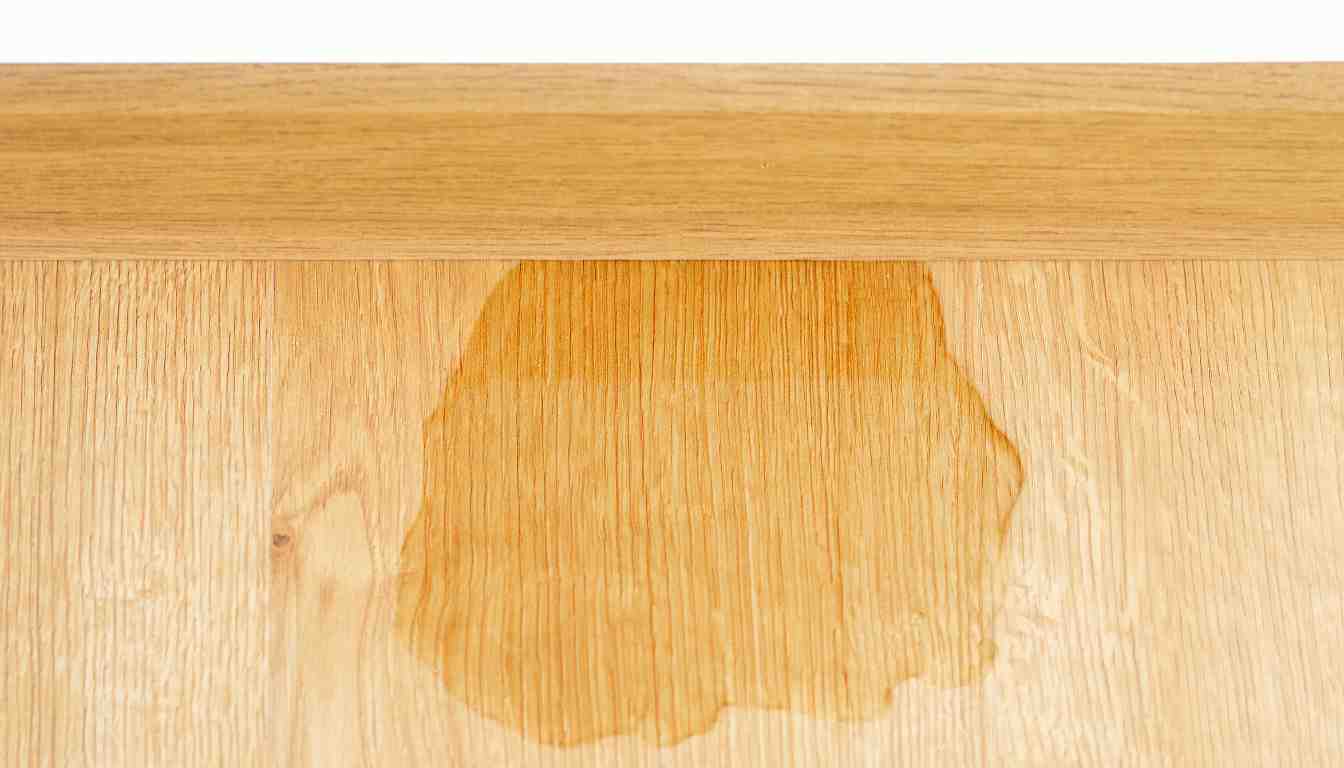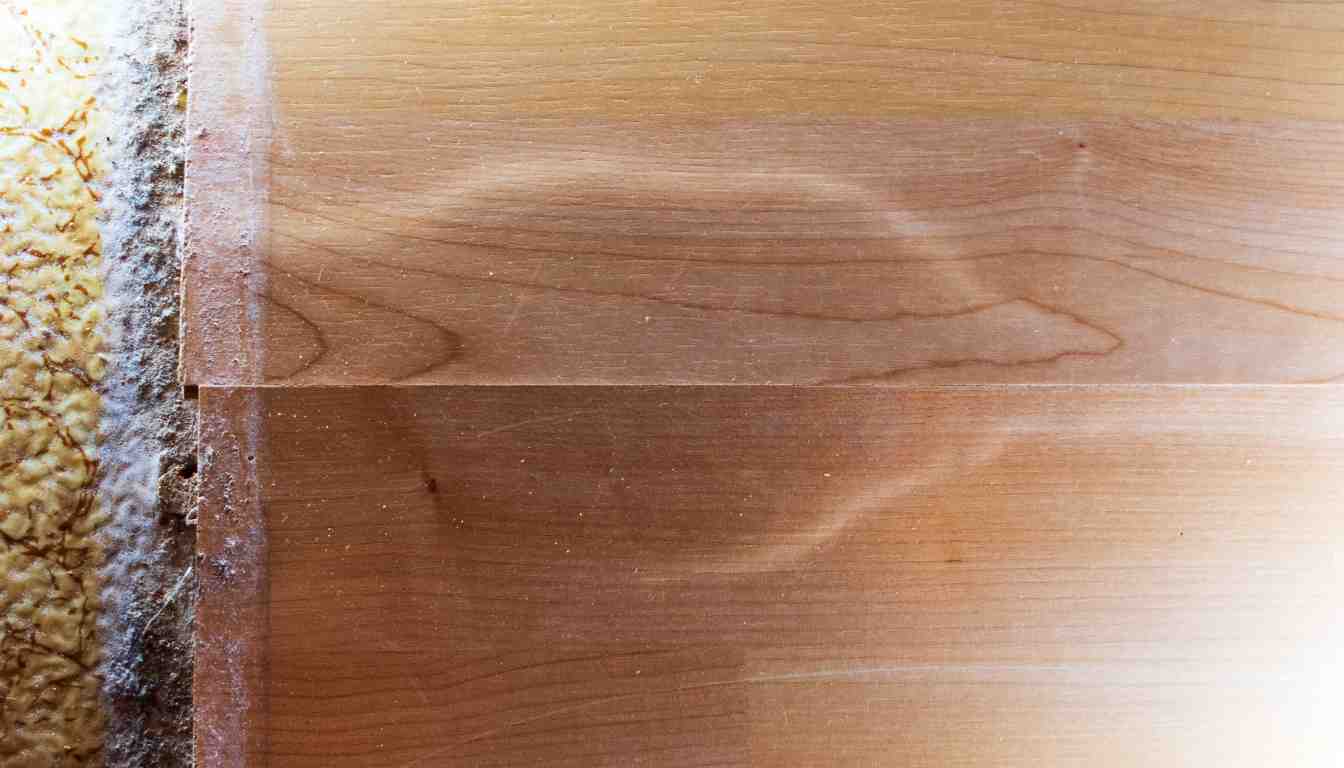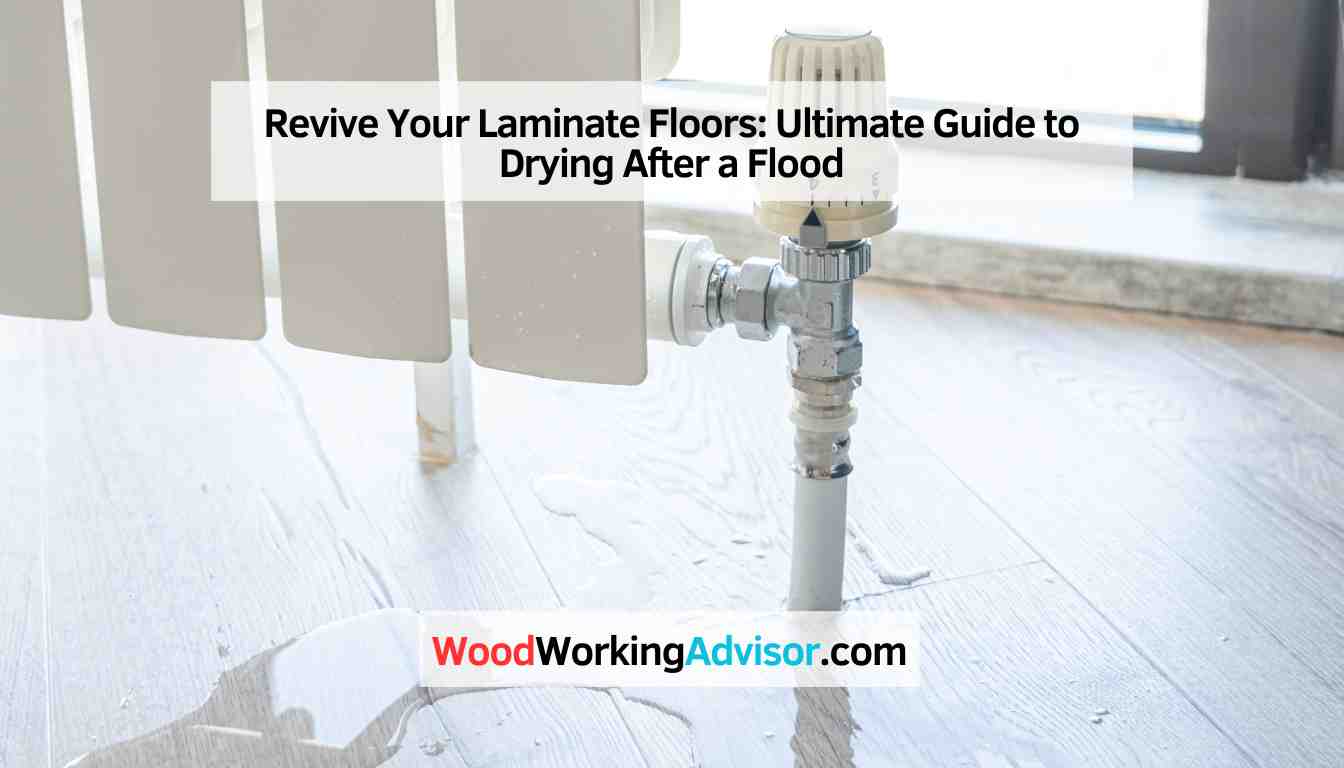To dry laminate floors after a flood, use fans and dehumidifiers to increase airflow and reduce moisture content. Proper ventilation is key to preventing long-term damage and mold growth.
When a flood hits your home, one of the most vulnerable areas is the laminate flooring. Excess water can seep through the cracks and damage the delicate material. To prevent further harm, it is crucial to dry the laminate floors quickly and effectively.
We will discuss the steps you need to take to ensure your laminate floors are properly dried after a flood. By following these guidelines, you can minimize long-term damage and prevent the growth of mold and mildew. So, let’s delve into the essential strategies for drying laminate floors and restoring them to their pre-flood condition.
Understanding The Impact Of Flooding On Laminate Floors
Flooding can have a devastating impact on laminate floors. Knowing how to properly dry and restore them is crucial to preventing further damage and ensuring their longevity. With the right techniques and equipment, you can effectively remove excess moisture and restore your laminate floors to their original condition.
Types Of Damage To Laminate Floors
When floodwater comes into contact with laminate flooring, it can cause various types of damage. Understanding these damage types is crucial in addressing the aftermath of a flood and protecting your laminate floors from further harm.
| Type of Damage | Description |
|---|---|
| Swelling | Laminate planks can absorb moisture, leading to swelling and distortion. |
| Warpage | Excessive moisture causes the planks to warp and buckle, resulting in an uneven surface. |
| Delamination | Water can weaken the bonding between the different layers of the laminate, causing separation or delamination. |
| Discoloration | Dark stains or discoloration may occur due to the minerals or pollutants present in floodwater. |
Common Issues With Moisture And Laminate Floors
Moisture and laminate floors aren’t the best of friends. Laminate flooring, being composed of compressed wood particles and a protective top layer, is susceptible to moisture-related problems when exposed to excess water or high humidity levels. Here are some of the common issues:
- Swollen Edges: The edges of laminate planks can swell, causing them to lift from the subfloor.
- Warping and Buckling: Excessive moisture can make the planks warp or buckle, leading to an uneven and potentially hazardous surface.
- Mold and Mildew Growth: Damp conditions can foster the growth of mold and mildew, which not only affect the flooring but also pose health risks.
- Uneven Expansion and Contraction: Fluctuations in humidity levels can cause laminate flooring to expand and contract, resulting in gaps or bulges.
To protect your laminate floors from damage and keep them in pristine condition, it’s essential to address any moisture-related issues promptly and take preventive measures to avoid future incidents. Now that we have a good understanding of the potential damage caused by flooding and excess moisture, let’s delve into the process of drying laminate floors after a flood.

Assessing The Damage And Preparing For Drying
When your laminate floors have been affected by a flood, taking swift action is crucial to prevent further damage and restore them to their original state. The first step in this process is to assess the extent of the damage and prepare for the drying process. This involves inspecting the floors for any signs of damage, removing standing water and debris, and creating adequate air circulation. By following these steps, you can effectively dry your laminate floors after a flood.
Inspecting Laminate Floors For Damage
Before you begin the drying process, it’s important to thoroughly inspect your laminate floors for any signs of damage caused by the flood. Look for warping, buckling, discoloration, or any other abnormalities that may have occurred. Inspecting the floors will help you determine the severity of the damage and decide on the appropriate steps to take for drying.
Removing Standing Water And Debris
Standing water and debris can cause further damage to your laminate floors if not promptly removed. To ensure effective drying, start by removing any excess water using a wet vacuum or a mop. Be cautious not to let excessive pressure or force damage the laminate surface. After removing the standing water, carefully remove any debris or dirt from the floors to prevent scratching or staining. Once the water and debris have been cleared, you can proceed with the drying process.
Creating Adequate Air Circulation
Adequate air circulation is crucial for drying your laminate floors effectively. By increasing airflow, you can speed up the drying process and prevent the growth of mold and mildew. Open windows and doors to let fresh air in and use fans or dehumidifiers to improve air circulation. It’s important to keep the air moving across the surface of the floors to ensure thorough drying. Additionally, avoid walking on the laminate floors until they are completely dry to prevent further damage.
By following these steps and taking immediate action, you can effectively assess the damage caused by the flood and prepare your laminate floors for drying. Remember to inspect the floors for damage, remove any standing water and debris, and create sufficient air circulation. Taking these proactive measures will not only minimize further damage but also help restore your laminate floors to their original condition.
Effective Drying Techniques For Laminate Floors
When your laminate floors are affected by a flood, it’s crucial to take immediate action to prevent further damage. One of the key steps in the restoration process is effectively drying the floors. In this article, we will explore three effective techniques to dry laminate floors after a flood: using fans and dehumidifiers, utilizing heat and ventilation, and applying moisture barrier products.
Using Fans And Dehumidifiers
One of the most effective ways to dry laminate floors after a flood is by using fans and dehumidifiers. These tools work together to promote air circulation and reduce moisture levels in the affected area.
To begin, place several fans strategically around the flooded area, ensuring they are facing towards the floor. This will help in evaporating the excess moisture trapped within the laminate flooring. Aim to position the fans in such a way that they cover the entire floor surface evenly.
In addition to fans, consider using a dehumidifier to alleviate excess humidity in the room. Dehumidifiers help in extracting moisture from the air, speeding up the drying process. Make sure to follow the manufacturer’s instructions for optimal usage.
Utilizing Heat And Ventilation
Another effective technique for drying laminate floors is by utilizing heat and ventilation. Heat helps in evaporating the moisture present within the flooring, while proper ventilation circulates the moist air out of the room.
If the weather permits, open windows and doors to create airflow. This will facilitate the drying process by allowing the moist air to escape. While natural ventilation is ideal, consider using electric fans or air movers to enhance air circulation if needed.
In addition, utilizing heat sources can significantly aid in drying the laminate floors. If the room’s temperature is not warm enough, you can use space heaters or turn up the thermostat to accelerate the evaporation process. Be cautious when using space heaters and ensure they are placed away from any wet areas to avoid potential hazards.
Applying Moisture Barrier Products
Applying moisture barrier products is an effective way to protect laminate floors from future water damage and facilitate the drying process.
One popular option is the use of moisture-blocking underlayment. This material acts as a barrier between the subfloor and laminate flooring, preventing moisture from seeping through. Install the underlayment according to the manufacturer’s instructions, paying attention to any overlaps or sealing requirements.
Another option is to apply a waterproof sealant to the edges and seams of the laminate flooring. This step helps to seal gaps and prevent water from penetrating underneath the surface.
Lastly, consider using moisture-absorbing products such as desiccant packs or silica gel. These can be placed strategically around the affected area to absorb excess moisture.

Frequently Asked Questions For How To Dry Laminate Floors After Flood
Will Water Under Laminate Dry Out?
Water under laminate can eventually dry out if the moisture source is removed. However, if left unattended for a long time, it can cause damage to the laminate and the subfloor. Promptly dry the water and ensure proper ventilation to prevent further problems.
What Happens If You Spill Water On Laminate Flooring?
If you spill water on laminate flooring, quickly wipe it up to prevent damage. Laminate is water-resistant, but prolonged exposure can cause the material to warp or swell. Avoid using excessive water or harsh cleaning solutions that could seep into the seams and compromise the floor’s integrity.
How Do You Fix A Flooded Laminate Floor?
To fix a flooded laminate floor, first, remove any standing water by using a wet/dry vacuum or towels. Next, use fans or dehumidifiers to dry the area completely. If the floor is severely damaged, you may need to replace affected boards.
Remember to address the source of the flooding to prevent future damage.
Can You Reuse Laminate Flooring After Flood?
Laminate flooring cannot be reused after a flood. The water damage can cause the planks to swell and warp, making them unusable. Best to replace it after a flood.
Conclusion
To conclude, effectively drying laminate floors after a flood is crucial to prevent further damage and mold growth. By following the steps outlined such as removing excess water, using fans and dehumidifiers, and monitoring the moisture levels, you can restore your floors to their pristine condition.
Remember, a prompt response and thorough drying process are essential for the longevity of your laminate flooring.

